2.1.3 Medium Coating
The intermediate paint is usually epoxy mica paint and epoxy glass scale paint or epoxy thick slurry paint.
2.1.4 Epoxy ferric enamels
Epoxy iron oxide paint is made of epoxy resin as the base material by adding mica iron oxide, the microstructure of mica iron oxide is like flaky mica, its thickness is only a few microns, and its diameter is tens of microns to 100 microns. It is high temperature resistant, alkali resistant, acid resistant, non-toxic, and the flake structure can prevent medium penetration, which enhances the anti-corrosion performance. It has low shrinkage and roughness on the surface, which makes it an excellent mid-layer anticorrosion paint.
Examples of applications include the Nanpu Bridge in Shanghai:
Outer wall of steel girder of main bridge: sand blasting and descaling Sa2.5 grade.
First: layer of epoxy zinc-rich paint 80 microns.
Second: layer of epoxy iron-cloud varnish 100 microns.
Third: layer of ferric chloride rubber enamel 45 microns.
After installation: fourth layer of ferric chloride rubber enamel 45 microns.
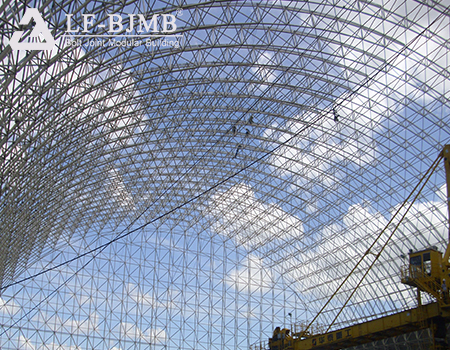
2.1.5 Epoxy glass flake paint
Epoxy glass scale paint is a thick slurry anticorrosive paint composed of epoxy resin as the base material, flaky glass scale as the aggregate and various additives. The thickness of glass flake is only 2-5 microns, and the diameter of the flake is 100-3000 microns. As the scales in the coating of the upper and lower multi-layer arrangement, the formation of a unique shielding structure. It has the following characteristics:
(1) Very good resistance to media permeability;
(2) Excellent abrasion resistance;
(3) Small shrinkage during curing and small coefficient of thermal expansion after curing into film;
(4) Good adhesion with the substrate, good temperature resistance;
(5) Good construction performance, convenient construction, easy to repair.
Glass flake coatings have more advantages than ferrocement coatings, and are generally applied at a thickness of 150-300 microns. In Japan, epoxy glass flake coatings are used on the steel structures of Kansai Sea Airport and the cross-sea bridge from Honshu to Shikoku, and the thickness of the coatings reaches 1,000 microns.
2.1.6 Top coating
Coatings for topcoats can be divided into three classes according to their price;
(1) Ordinary grade is epoxy paint, chlorinated rubber paint, chlorosulphonated polyethylene paint and so on;
(2) Polyurethane paints for medium grade;
(3) High-grade silicone-modified polyurethane paints, silicone-modified acrylic paints, fluorine paints and so on.
Epoxy paint is chemically cured, chemically stable, dense coating, strong adhesion, high mechanical properties. It is resistant to acid, alkali, salt, can resist the erosion of a variety of chemical media. In the East Chemical Company laboratory, epoxy paint specimens immersed in sulfuric acid, hydrochloric acid, sodium hydroxide solution, salt water and gasoline, diesel oil, crude oil and other 16 kinds of chemical media in the longest has been up to 15 years, but still remains intact, enough to prove that the epoxy paint is a very reliable anticorrosive materials.
Chlorinated rubber paint to chlorinated rubber as a film-forming material, chlorinated rubber is made of natural rubber and chlorine reaction, it is an inert resin, film sealing performance is very good, water vapour, oxygen permeability of the film is very low, and acid resistance, alkali resistance, water resistance, oxidant resistance, resistance to corrosion of various corrosive gases, in the alkyd resin modified, weather resistance, in the process of using the paint film physicochemical properties of the change is very small, it can be said that is an economical and durable anti-corrosion material. It can be said to be an economic and durable anti-corrosion material.
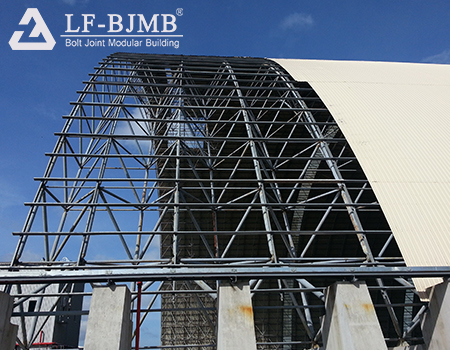
2.1.7 Coating thickness.
Paint is an intermediate material for corrosion protection and must be applied to form a coating. If the thickness of the coating is uneven, the burrs on the steel surface or the peak of the anchor spinning will reveal the coating. If the number of times the coating construction is small, the coating has pinholes, the water oxygen, chloride ions, water molecules, etc. will pass through these weak places, so that the steel rust corrosion. Corrosion products volume expansion, the formation of rust package, gradually expanding, and finally the coating blistering off.
In order to prevent water, oxygen and electrolytes from passing through the coating, it is preferable to use several high-performance anti-corrosion coatings to form a thicker composite anti-corrosion coating system, i.e.: heavy duty anti-corrosion coating system.
From the formula: T = L2/6D, it can be seen that the service life T is proportional to the square of the coating thickness L. Increase the thickness of the coating, can strengthen the isolation ability of the coating, is to improve the life of the coating, the effective means of protecting steel. The use of new high-solids thick slurry coatings, a small number of times the coating, you can get 250-500 micron heavy anti-corrosion coating, and ultra-heavy anti-corrosion coating thickness of up to 1,000-2,000 micron m. The thickness of anti-corrosion coatings is generally at least less than 1,000 microns. The thickness of the anti-corrosion coating is generally not less than 200 microns, and the thickness should be uniform, continuous and complete, without pinholes. Before handing over the work, it should be checked by thickness gauge and EDM leakage detector, and can be checked and accepted by referring to China’s oil and gas industry standard SY/T0447-96.



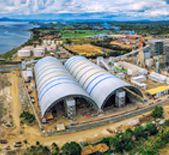
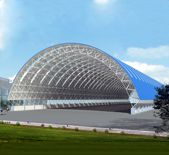

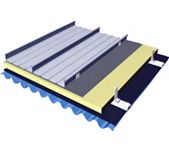
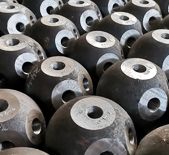



 About Us
About Us 2025-01-27
2025-01-27


